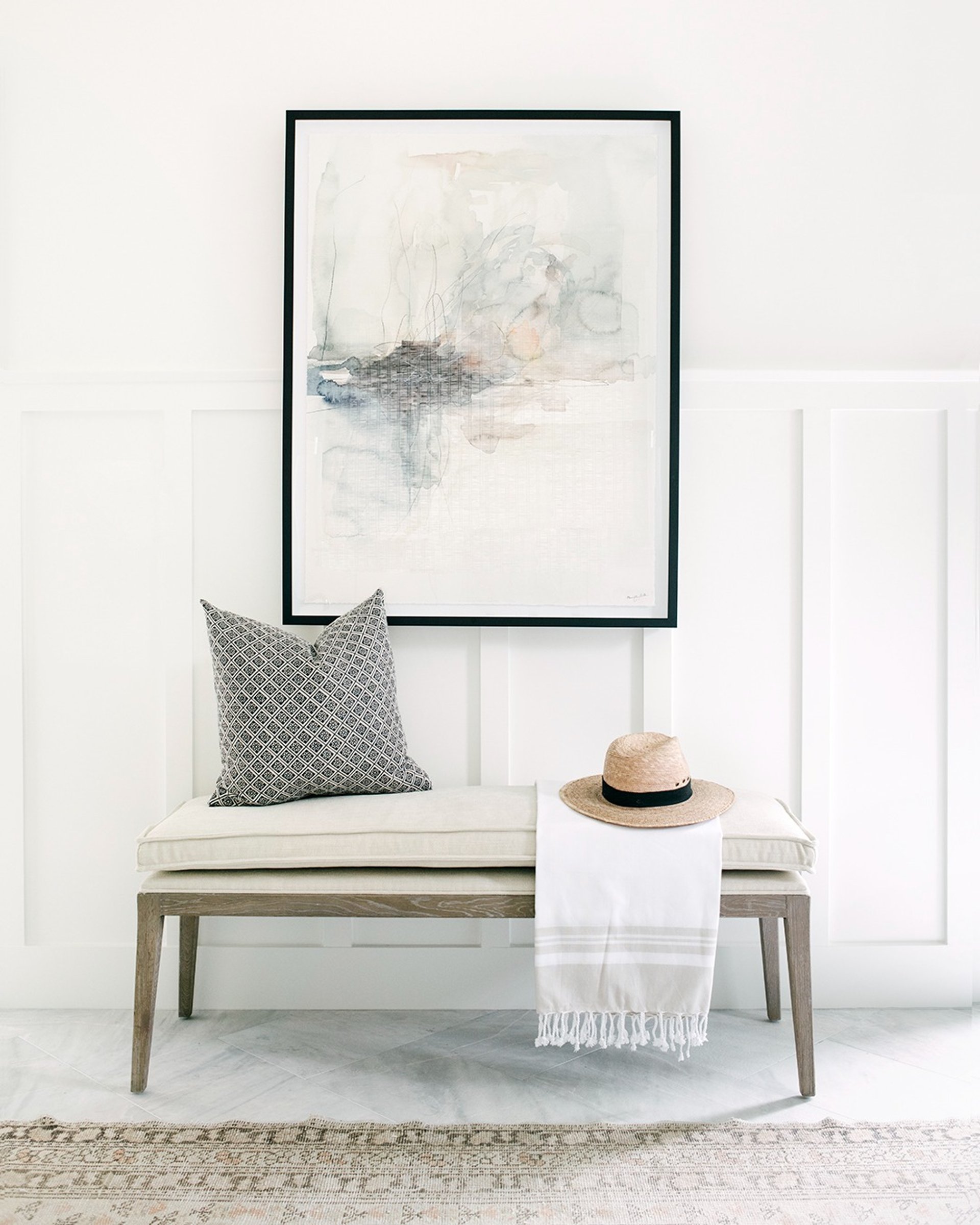Easy Ways to Maker Your Home Feel Bigger

Need to give a small space some flair? Everything matters when furnishing compact areas. You can actually make a room appear larger with a few strategically placed items and clever design decisions. Are you prepared to revamp your room? Here are some suggestions for making a small room appear larger.
Neutral Paint Colours
Here's a trick for using colour to enlarge a space. It's common knowledge in the design community that light paint colours enlarge and brighten a space. The effect of natural light is enhanced by the more reflective qualities of bright, light walls, which create a feeling of space and airiness. Dark colours often absorb light, making spaces appear smaller. Another option is to highlight walls to elongate a space. Without being overpowering, accent walls add colour to the decorative area. Choosing colours that go well with your painting style will help you get started. So what hues would make a space feel bigger? Always keep in mind that brighter rooms feel bigger and more inviting, and choose soft colours like off-white, blues, and greens for the best results. Here's yet another trick: Try painting your wall mouldings and trim a shade lighter than your walls. The walls will appear farther back and your living room will appear even larger as a result. Take a look at some of the best neutral colours as a starting point.

Creative Lighting
Any room that receives natural light feels and appears larger. If you have natural light, that's fantastic. If not, it's completely acceptable. Utilize light fixtures to add some inventive lighting effects. You'll be astounded at how much of a difference this little addition can make. If you have access to natural light, bringing it inside through big windows will instantly open up the space and connect the room to the outside. To let in more light, use sheer window treatments or completely draw them back. Put flowers or plants close to the windows if the view is poor, and use lamps to brighten the room.

Remove the Clutter
Any room can appear larger physically and visually by maintaining order and cleanliness. The room will appear clean and open if everything is put away and out of the way. Keep the floor as free of objects as you can. To give the impression that there is more floor space, remove large rugs. Your walls can also benefit from this strategy. Avoid plastering your walls with too many pictures. When considering how to make a room appear larger, one large painting or tapestry is preferable to a collection of small paintings.

Create Focal Point
Discover how to create a focal point—one place or feature that will catch the eye—to make a space appear larger. Most likely, that is a fireplace in the living room, a table in the dining room, and a bed in the bedroom. Make the center of attention the room's focal point. Place the furniture in a way that draws attention to that area, and keep the rest of the room's decor simple.

Utilize Mirrors
If you've ever wondered if mirrors can really make a room appear larger, the answer is unmistakable yes. Mirrors can give the appearance of a larger, more airy space. To create the illusion of depth, use a focal point and direct your mirrors at it. Mirrors can, according to Leoma Harper of Style the Clutter, "totally transform a space, reflecting light into dark corners, frame details, help you get ready in the morning, but most importantly, they can completely open up a room giving the illusion of space and light."

Get Proper Scale Furniture
Scale down your furniture to fit the space. To make a small room appear larger and to maximize the open space, position larger pieces of furniture against the walls. Don't block any pathways either. A room will appear claustrophobic if furniture and other decor block the entrance. The diagonal is the longest straight line in any room. By positioning your furniture at an angle, you can draw attention to the longer wall.
Interiors can appear much larger than they actually are by using colour tricks, furniture placement, mirror placement, and inventive lighting design. Don't stop there, though; channel your inner interior designer and find what suits your house the best.

